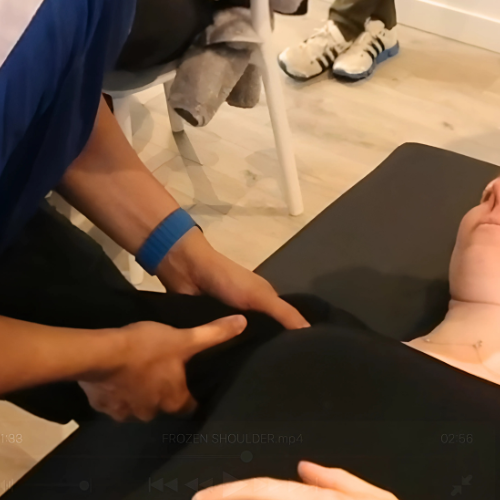Beyond Mechanics: The Neurophysiological Effects
Research by Bialosky et al. reveals that manual therapy's power lies in the nervous system's response to touch, not just in altering tissues.
Peripheral Effects
Influences the local tissue environment to reduce the signals from peripheral nociceptors (pain sensors).
Spinal Cord Modulation
Activates the body's own pain-gate mechanisms at the spinal cord, effectively turning down the "volume" of pain signals.
Supraspinal Mechanisms
Impacts higher brain centers, influenced by factors like patient expectation, therapeutic alliance, and the context of care.
A Bridge to Active Strategies
The most crucial role of manual therapy is to facilitate a transition to active care. It provides a "window of opportunity" where pain is reduced, allowing patients to move with more confidence and less fear.
"Manual therapy can provide a window of improved pain and function, allowing for a more effective and tolerable transition to an active treatment approach."
This initial success builds patient buy-in and improves adherence to the exercises that create lasting change.

The Cup of Recovery
How to Make Patients Realize Their Role in Recovery
The Power of the Therapeutic Encounter
Enhancing Therapeutic Alliance
The hands-on nature of manual therapy fosters trust and a strong patient-therapist relationship, which is consistently linked to better outcomes.
Meeting Patient Expectations
Many patients expect hands-on care. Fulfilling this expectation can increase satisfaction and belief in the treatment plan, powerfully influencing results.
The Clinical "Cheat Code"
Let's stop getting lost in the debate of *exactly* why it works. Clinically, manual therapy is a powerful cheat code for creating a temporary window of opportunity.
Use it to rapidly improve function, range of motion, and pain. Then get the patient LOADING!
Ready to Master Modern Manual Therapy?
Elevate your clinical skills with an evidence-based approach that integrates the best of manual therapy with active rehabilitation.
Get Unlimited Access and Earn CEUs


